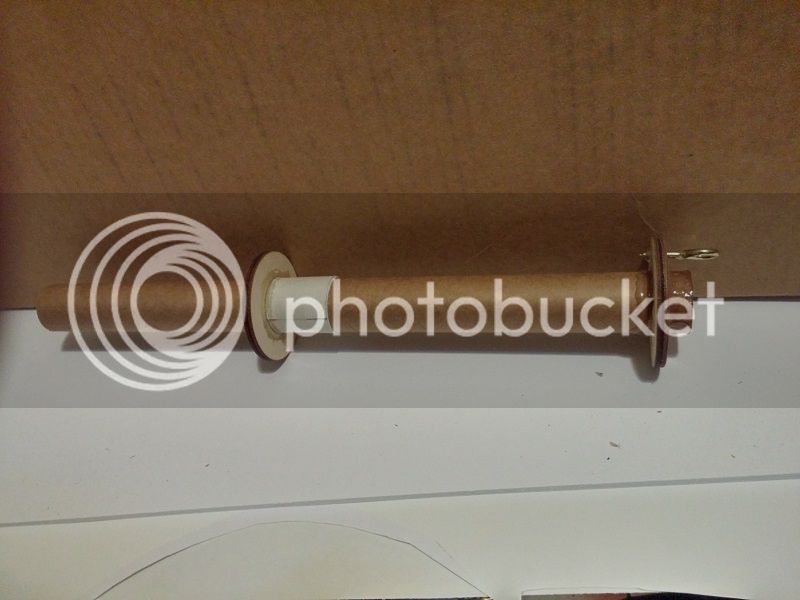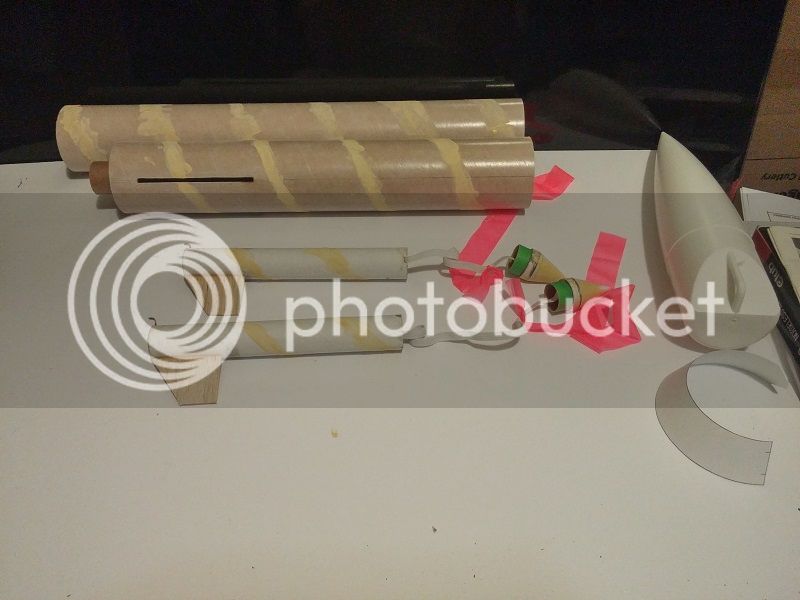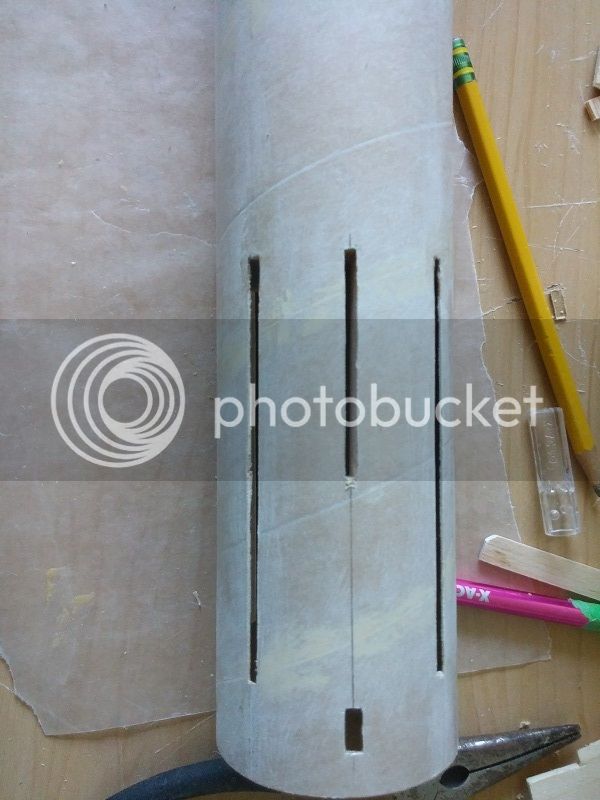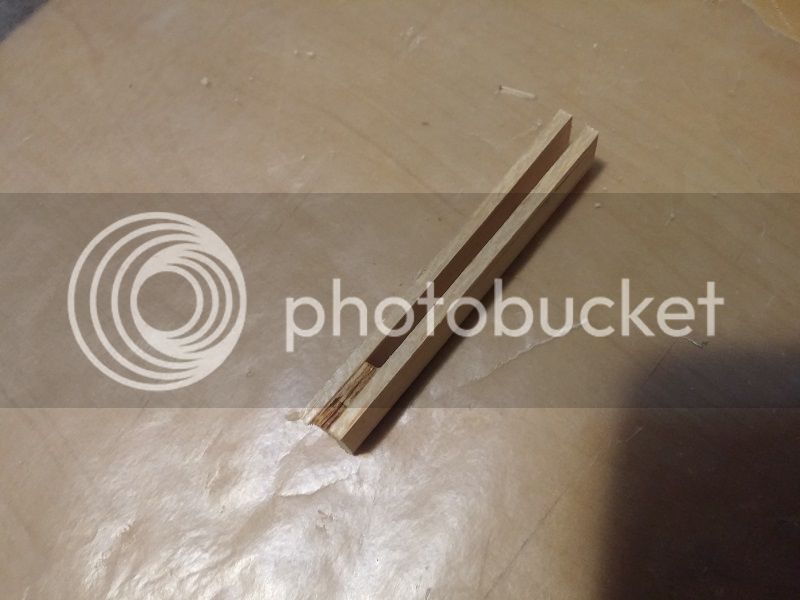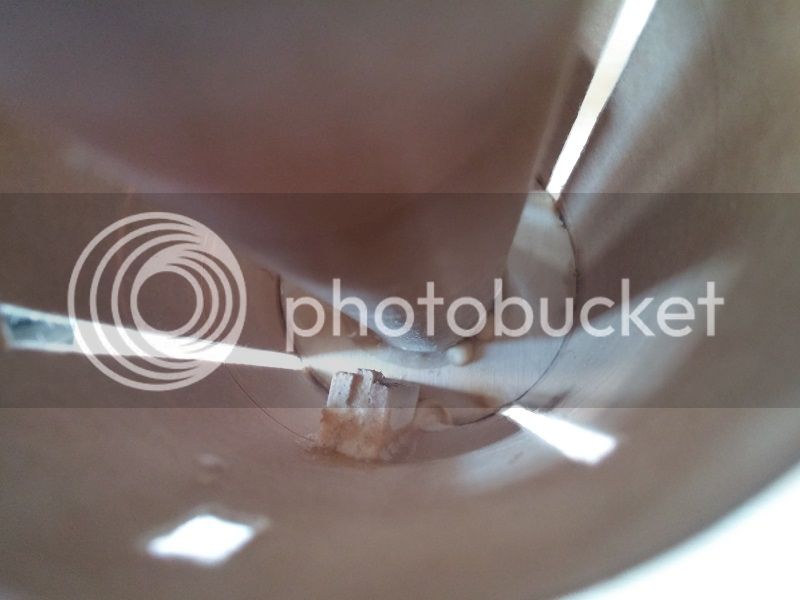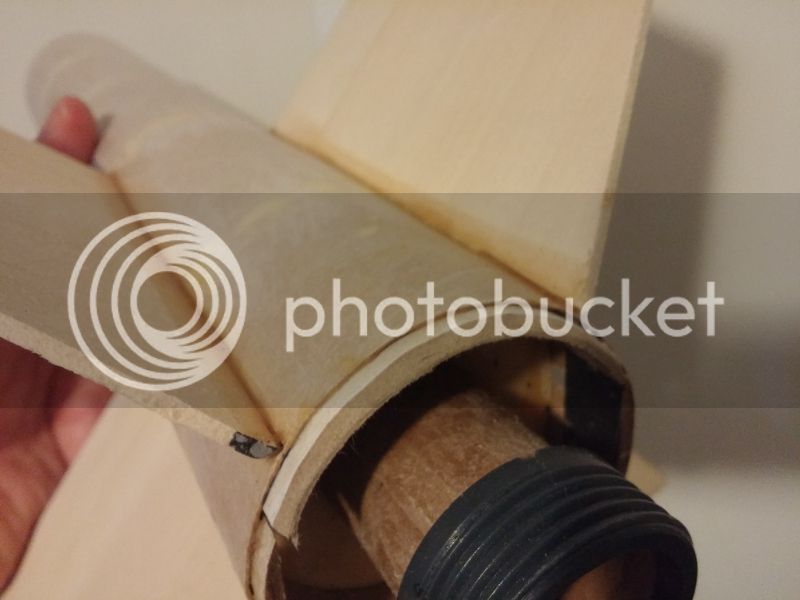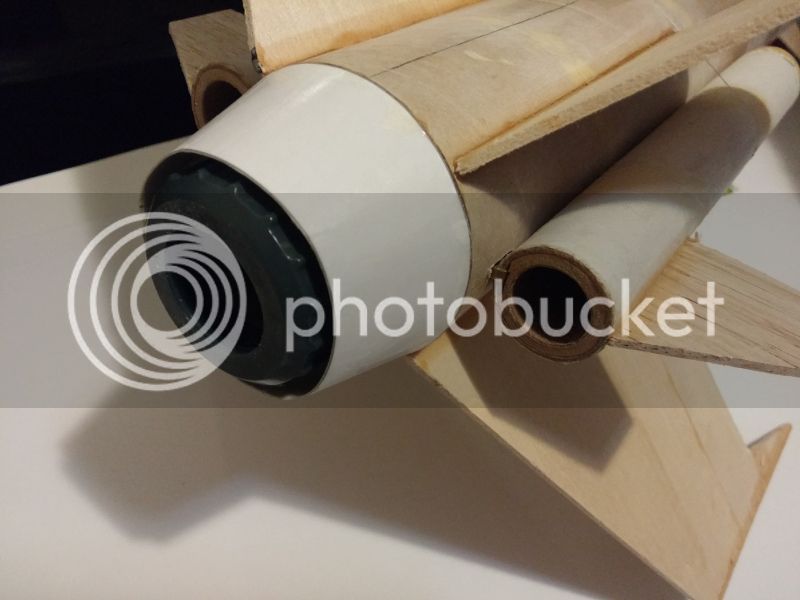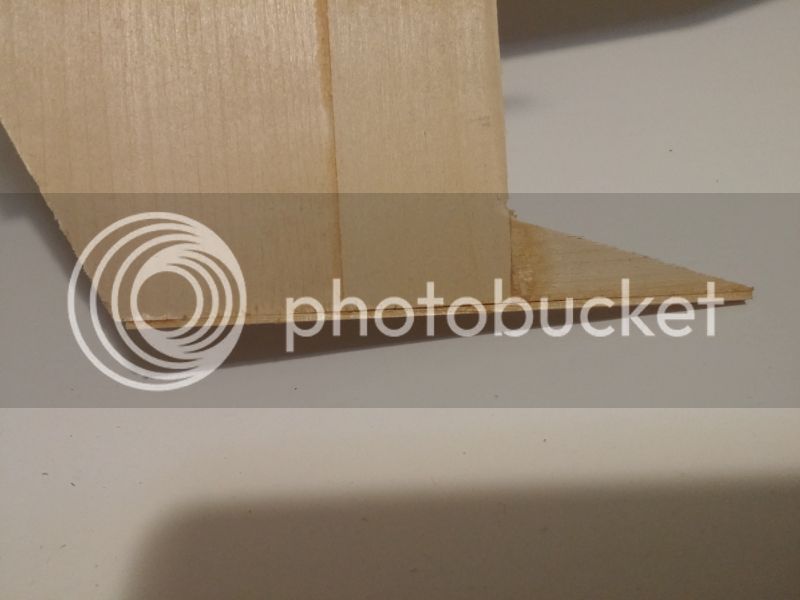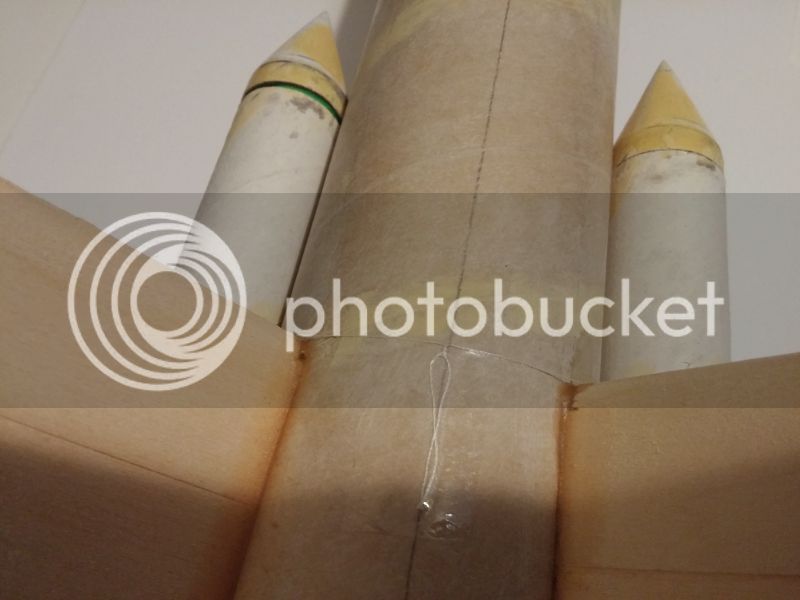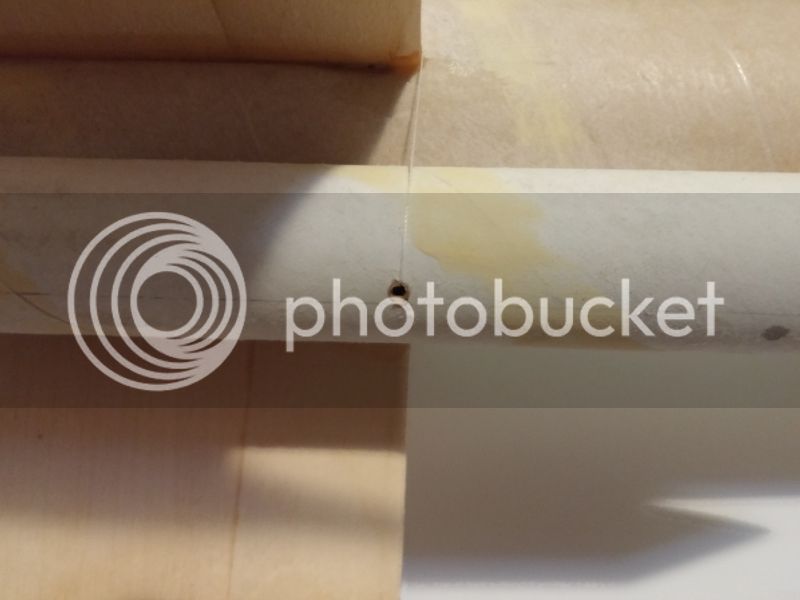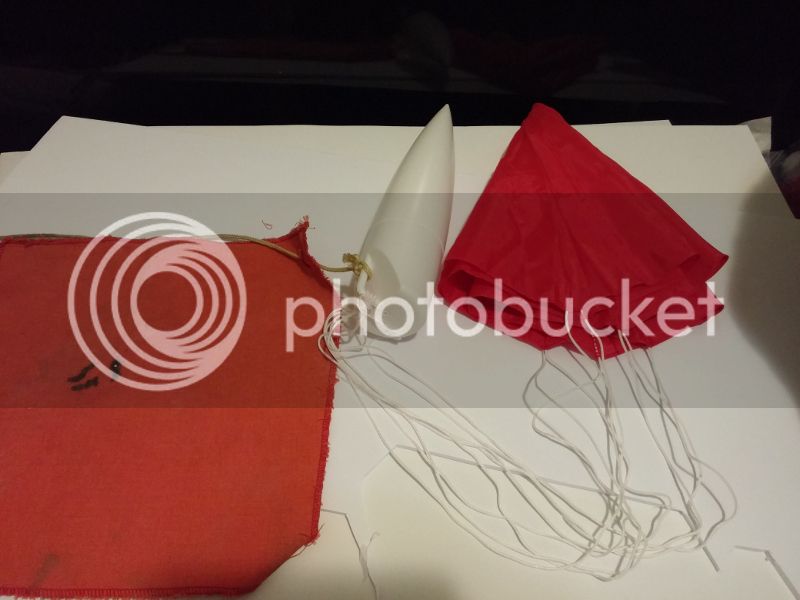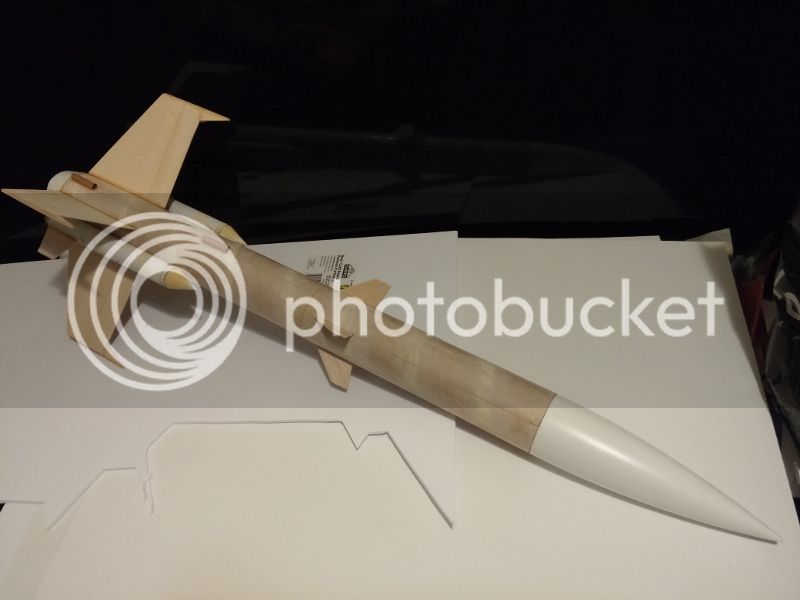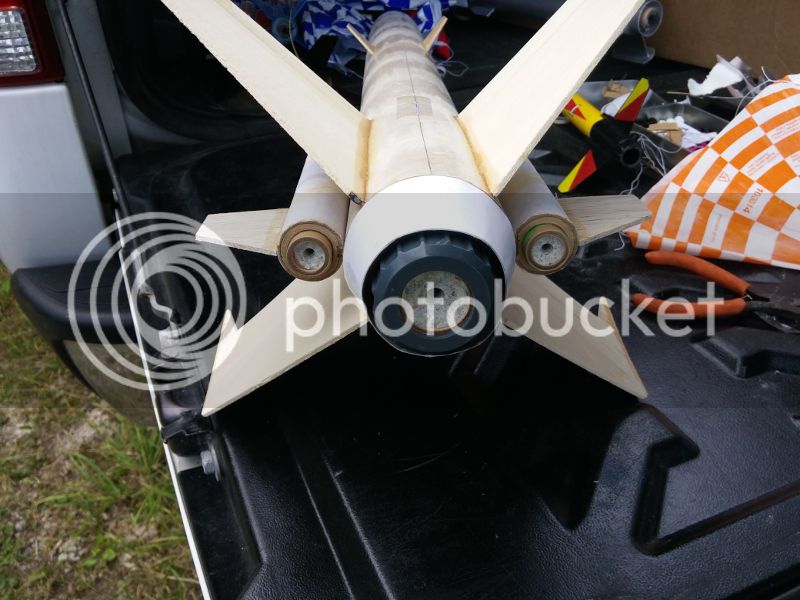I'm trying to take as many pictures as I can to document the build in case I want to build another one - or a second iteration.
Before I started cutting tubes and whatnot, I had to plan out the order in which parts would go together since there are some complicated bits that need to line up correctly.
I started with the boosters. Instead of regular BT-50 I'm using the tube at the center of an aluminum foil roll since it's exactly the same ID as BT-50 but is a very thick walled tube. I printed out nose cone templates (in OR as a transition down to 0.001) and cut out the shapes from cardstock. Rolled carefully and used thin CA to glue together and to the tube and to harden up the paper.
Getting started with parts ready.
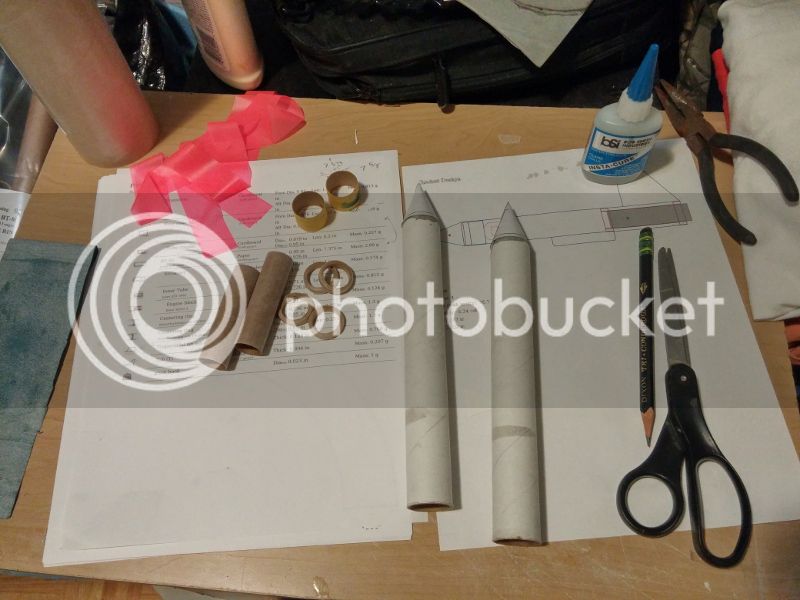
Here is one of the little pivot hooks, made out of a brass(?) contact from a relay of some sort..
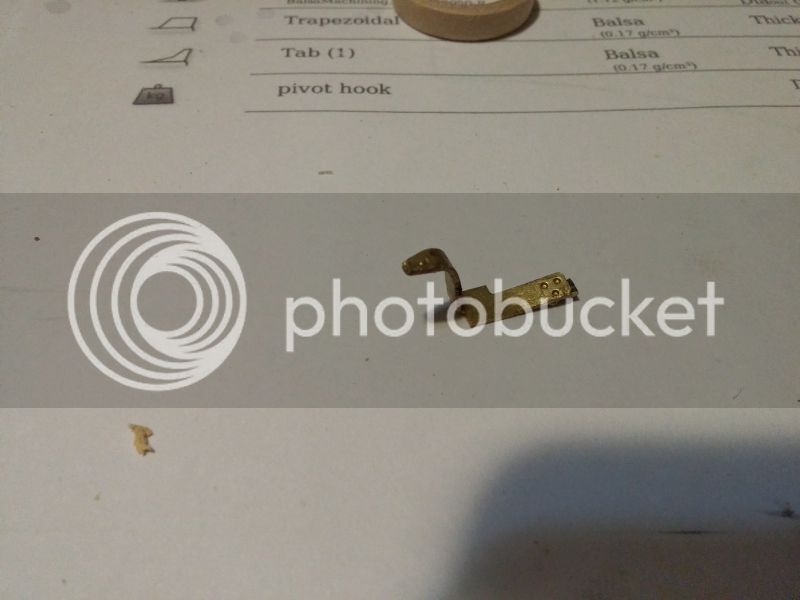
18mm motor mounts with just the front CR glued in place...
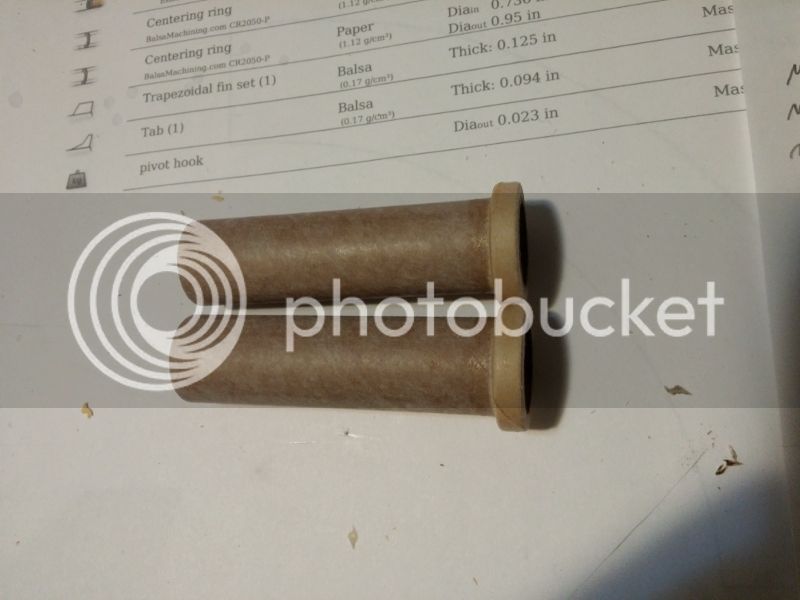
And glued in flush with the end of the tube.
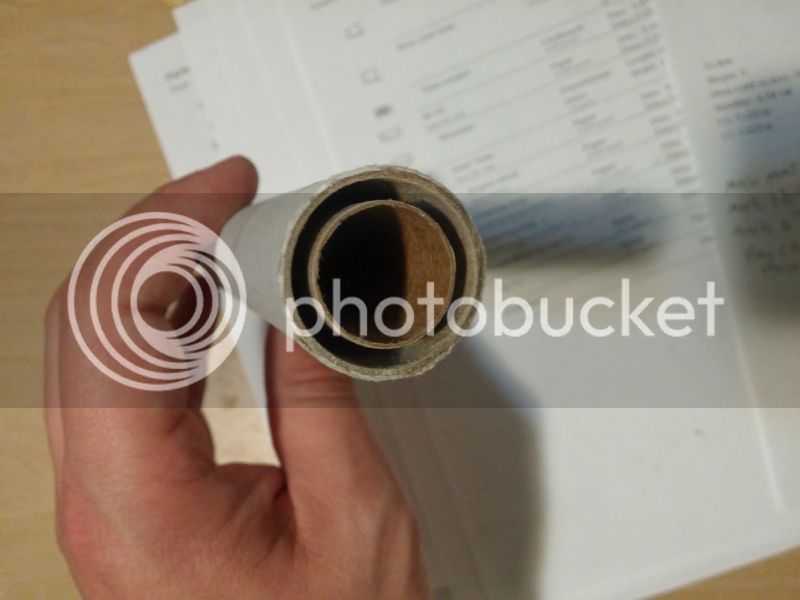
Then the rear CRs have a bit cut out to make room for the hooks. Nice and solid.
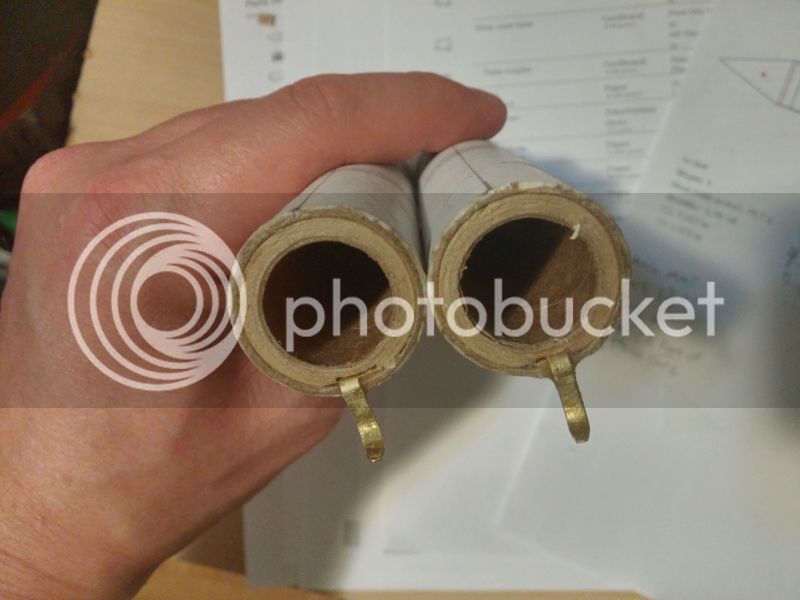
Sanded the nose cones, filled with CWF, sanded and filled again before applying a final coat of thin CA, then sanded with 400 grit to smooth out.
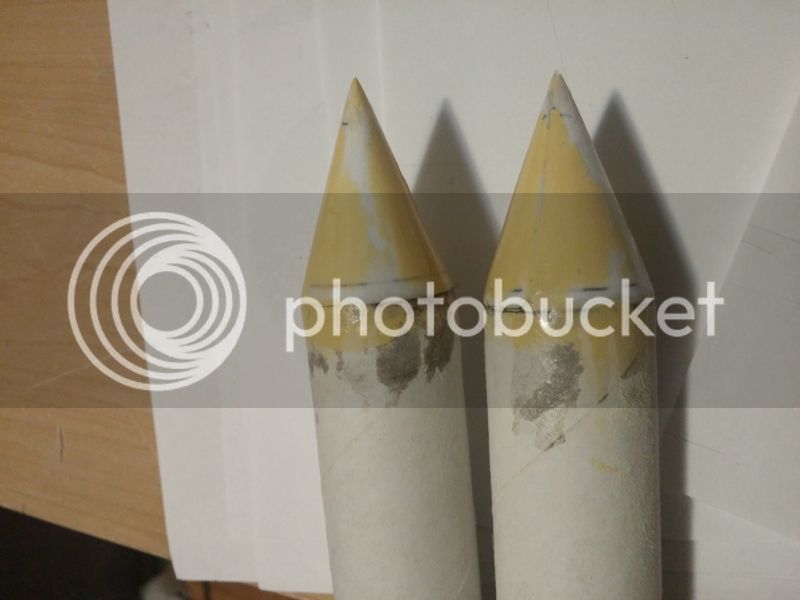
Then I cut the nose cones off with a bit of the tube so that I can easily glue in a small coupler to make the shoulder.
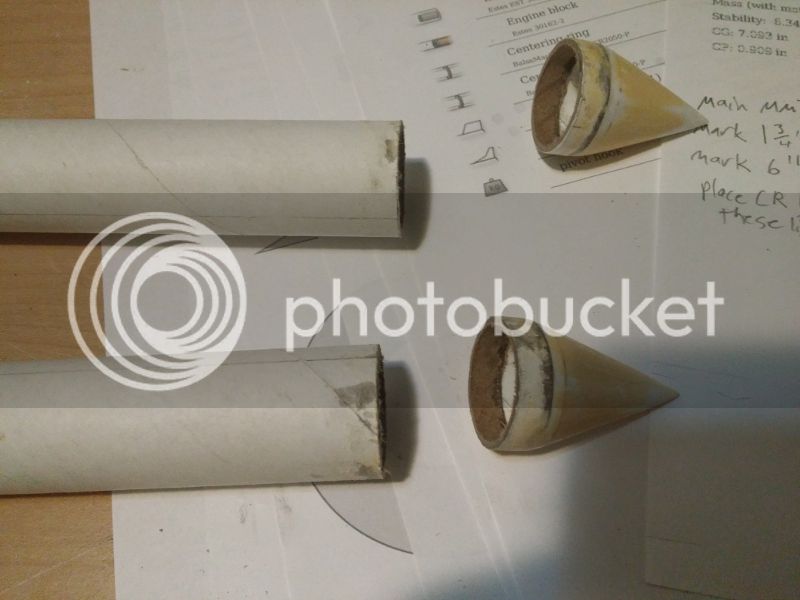
I also got started on the main motor mount but didn't get any pictures yet. I chose a 15" motor mount tube so that it can act as a stuffer tube as well as provide some structural support for the relatively thin BT-80.















